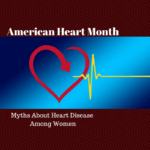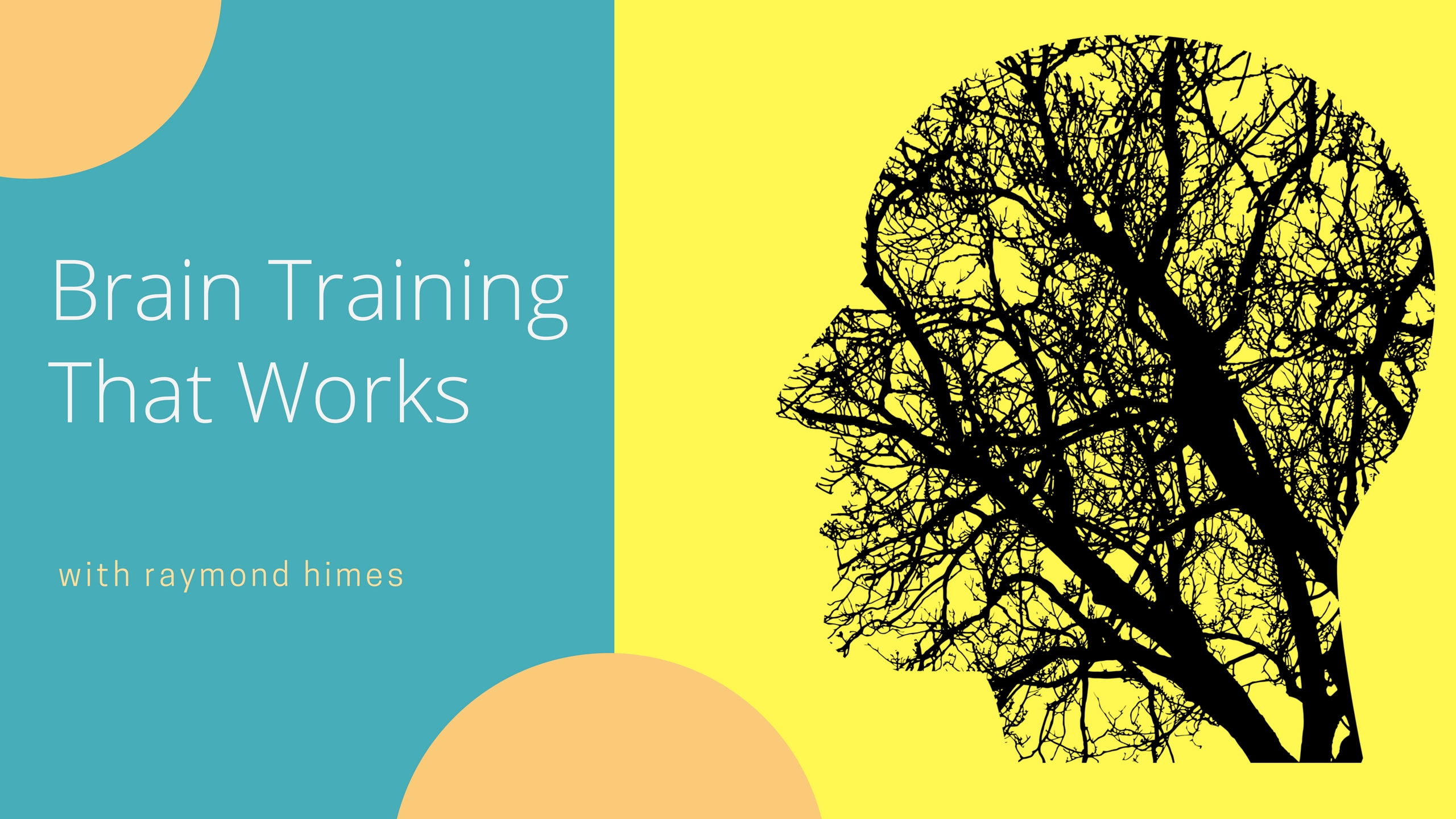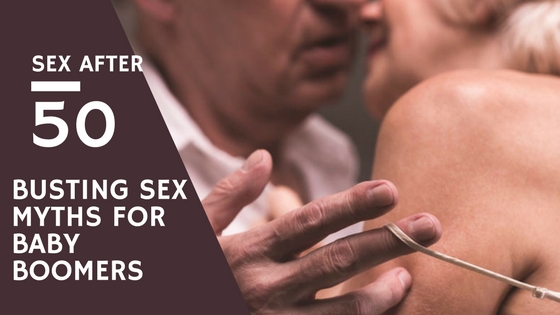Myths About Heart Disease Among Women
 Nurse’s Instincts Help Uncover Her Heart Disease
Nurse’s Instincts Help Uncover Her Heart Disease
This month, National Heart Month, people across the country are making their heart health a priority. For women this is especially important because heart disease is often thought of as a man’s disease but it is actually the leading cause of death for women in the United States. It causes one in three deaths each year according to the American Heart Association’s Go Red for Women movement.
What makes heart disease in women so full of myths is that it often presents itself with very different symptoms than it does in men. Vivian Low, a registered nurse and current manager of special projects at El Camino Hospital in California, was one such woman.
Her experience led her to take action when she started feeling some discomfort between her shoulder blades in the front of her chest this past summer. Vivian knew she shouldn’t ignore these symptoms. “The discomfort was new and it would come and go, so I had trouble determining what was causing it. I was feeling a bit more tired too,” explains Vivian.
“In my role at El Camino Hospital, I had countless talks with women about heart disease and how it presents differently for women. I found myself in the exact same situation and knew I needed to talk to my doctor about what I was feeling. We decided it would be prudent for me to have some lab work done and an EKG to assess how effective my heart muscle was functioning. Those tests came back atypical and not conclusive. On the way to pick up my grandchildren, I got a call about my lab results and was told my troponin levels (a highly specific marker for myocardial infarction or heart muscle cell damage) were up. They advised me to go to the emergency room. I simply couldn’t ignore what was going on,” says Vivian.
After an overnight stay at the hospital for observation, a cardiologist reviewed the assessments and test results, along with her family history. Her father had died suddenly at age 65 of a heart attack and her brother had a stent put in when he was in his 50’s. Vivian was sent to the Cardiac Cath Lab for a definitive diagnosis.
“The highly skilled team at El Camino Hospital found a blood clot blocking my right coronary artery and there wasn’t adequate blood flow to that side of my heart. My cardiologist was able to remove the clot, insert the stent via the radial artery in my wrist and the blood began flowing again right away,” shared Vivian. “I had the procedure on Thursday afternoon and was back home on Friday. Heart muscle function remained normal.”
Heart attack symptoms in women often masquerade as other conditions. While the most common symptoms are chest pain and pressure, these symptoms may not be as prominent in women. Instead, women may experience shortness of breath, nausea, back or jaw pain, dizziness, or pain in the upper abdomen. Women’s heart attack symptoms also tend to occur when they are at rest or asleep, which make them even more difficult to identify. The most important thing to keep in mind is knowing what feels normal for you. If something changes and continues, especially if you have a family history of heart disease, don’t ignore it.
Vivian says that although women with a family history of heart disease are at higher risk, there are many things you can do to reduce it. Vivian for example, had switched from a Mediterranean diet to a vegan diet and increased her exercise regimen, especially after menopause. She feels these changes helped to contribute to her successful treatment and intervention.
Her blood pressure and cholesterol levels were good with lifestyle management but now, with the guidance of her cardiologist, she is taking action to meet the new more stringent guidelines. According to the American Heart Association, a normal blood pressure is now less than 120/80 mm Hg. She is also adhering to therapy for optimal lipid management for people who have had cardiovascular events.
Vivian continues, “There are so many variables that contribute to good health, so I am making more of an effort to be more mindful of simple things that can make a big difference, like hours and quality of sleep. I feel extremely fortunate to have followed my instincts and been in the right place to get excellent care and intervention.”
Because of healthy choices and knowing the signs, more than 670,000 women have been saved from heart disease, according to the American Heart Association. So, this February, take action and help spread the word.
More About Vivian Low
For more than fifteen years, Vivian served as the manager of the Cardiac & Pulmonary Wellness Center and oversaw the Cardiac Rehabilitation Program at the hospital. She also started the Women’s Support Group within the Cardiac Rehabilitation Program, providing education and support for women with cardiovascular disease. For years, she has led teams in the American Heart Association Heart & Stroke Walk to raise awareness for heart health and to fund research. In other words, Vivian is a seasoned expert in cardiac care and the symptoms associated with cardiovascular disease.
To learn more about the symptoms of a heart attack and what you can do to prevent heart disease, visit the El Camino Hospital website or visit GoRedForWomen.org to learn about what else you can do this February.
Category: Blog



































